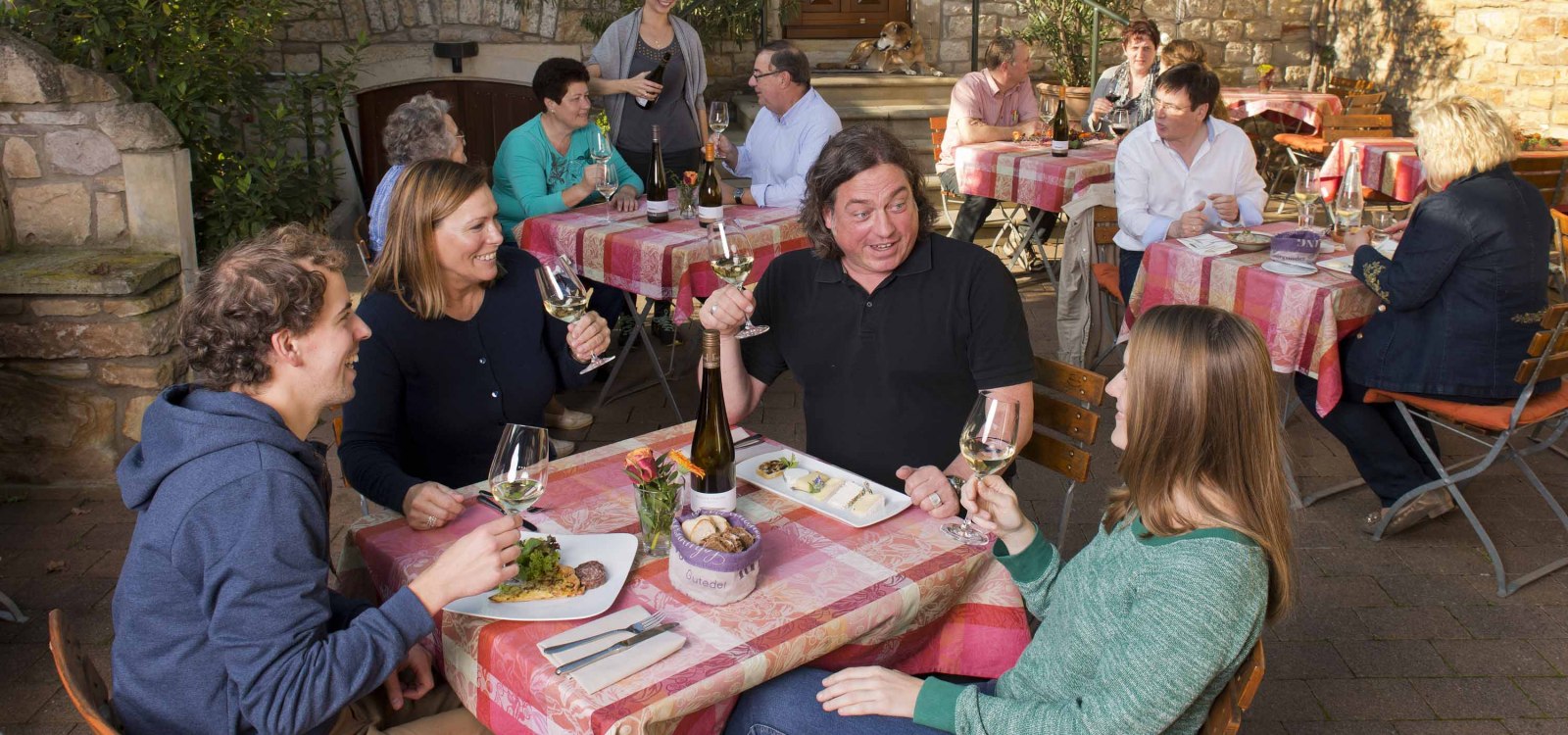In 1236, the Holy Spirit Hospital was built by Archbishop Siegfried III. of Eppstein on the then Rhine bank. It is constructed in the late Romanesque style, modeled after Santo Spirito in Sassa in Rome. On all four sides, there are large portals that provide access from every direction and flood the rooms with light. The most splendid of these four portals, located on the Rhine side, was transferred to the cathedral in 1862.
Hospitals in the Middle Ages were multipurpose facilities; here, pilgrims and the homeless, strangers and the poor, the elderly, and also the sick lived, with the latter likely representing a minority.
Under French rule, the Holy Spirit Hospital was closed in 1804 and subsequently served various purposes, including as a storage facility and for gym classes.
In 1863, the Holy Spirit was used for gastronomic purposes for the first time - the Brey brewery opened a restaurant.
During the British air raid on Mainz on February 27, 1945, the entire Mainz city center burned down - including the Holy Spirit. The roof, which was largely burned down during this event, was reconstructed after the war, and the Holy Spirit established itself as a popular dance venue in the 1950s.
As part of a restoration, in 1975 the hospital, which had been significantly built over on the Rhine side in the preceding centuries, was cleared. The building was restored to its Romanesque original state. Late Gothic elements, such as the tracery windows, were also removed.
The last major renovation took place in 1999.
Today, the building, under the name Holy Spirit, houses a popular restaurant with a bar and outdoor dining, where events and conferences also take place. The Holy Spirit is protected as a historical monument and is part of the cultural heritage of the city of Mainz.

searchMenu



